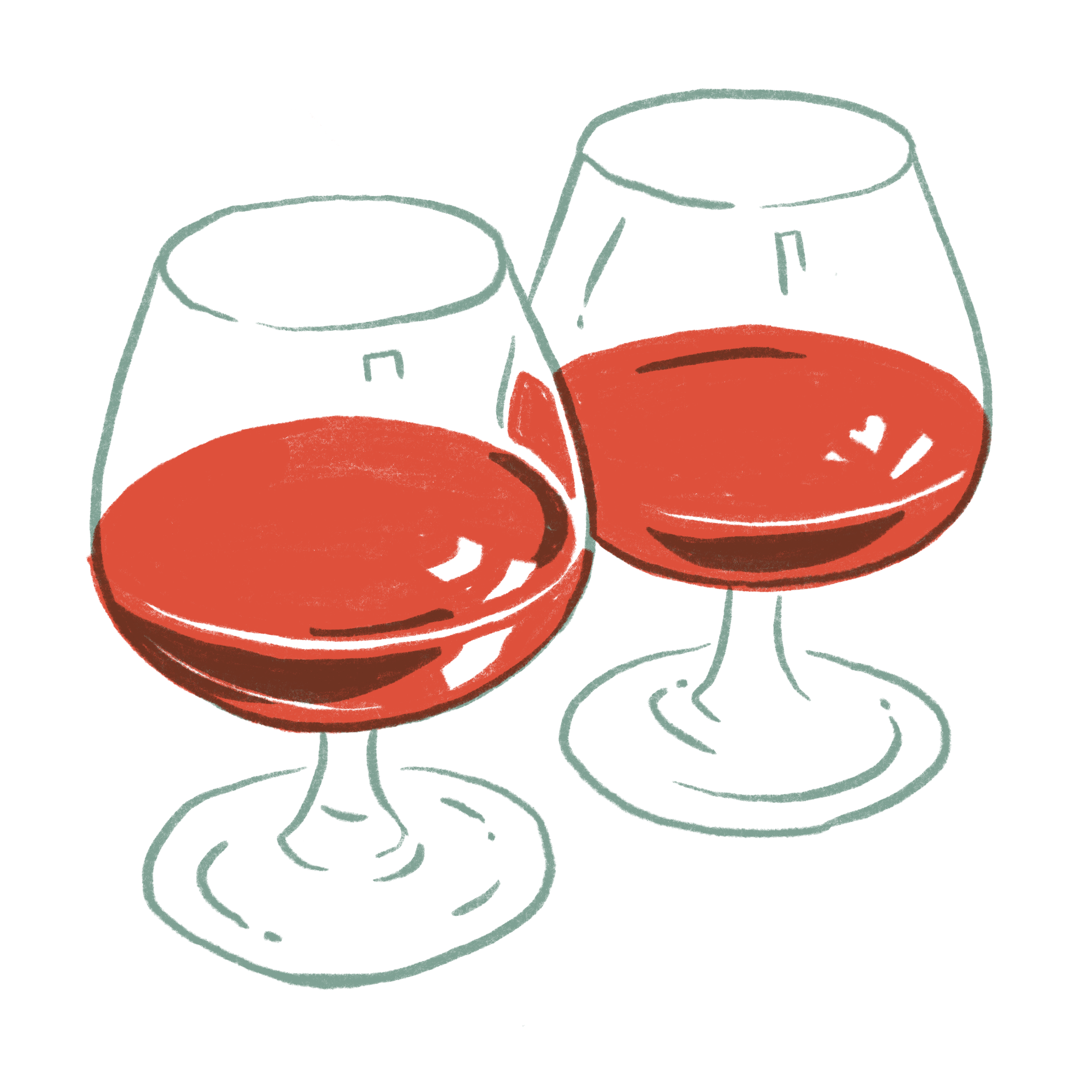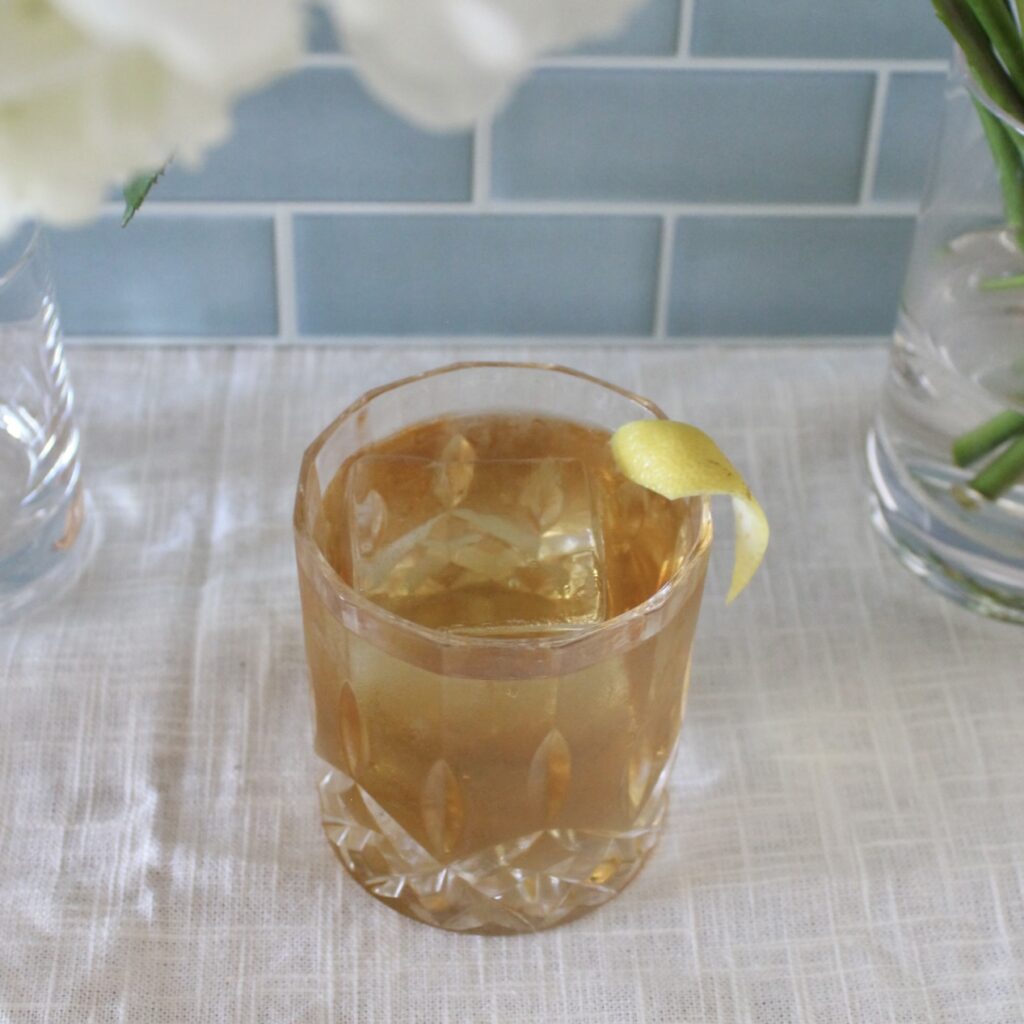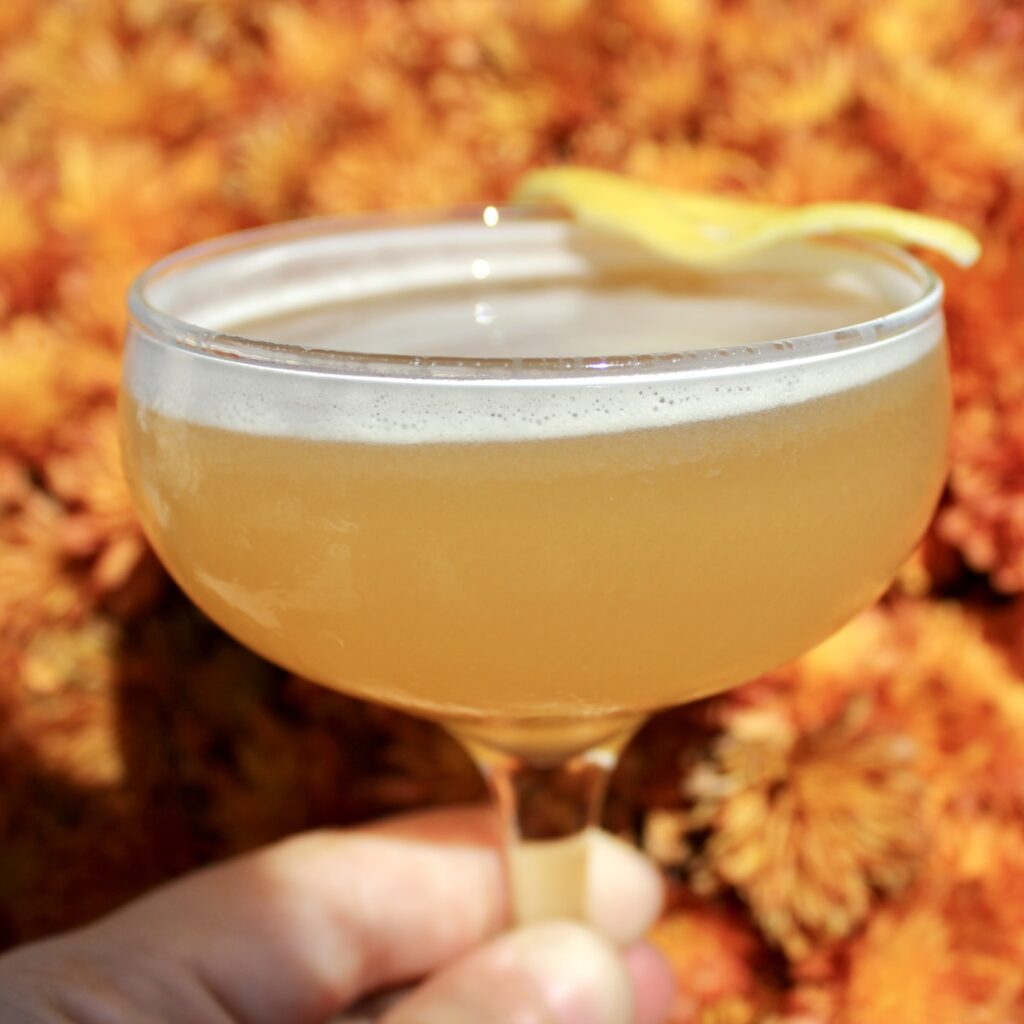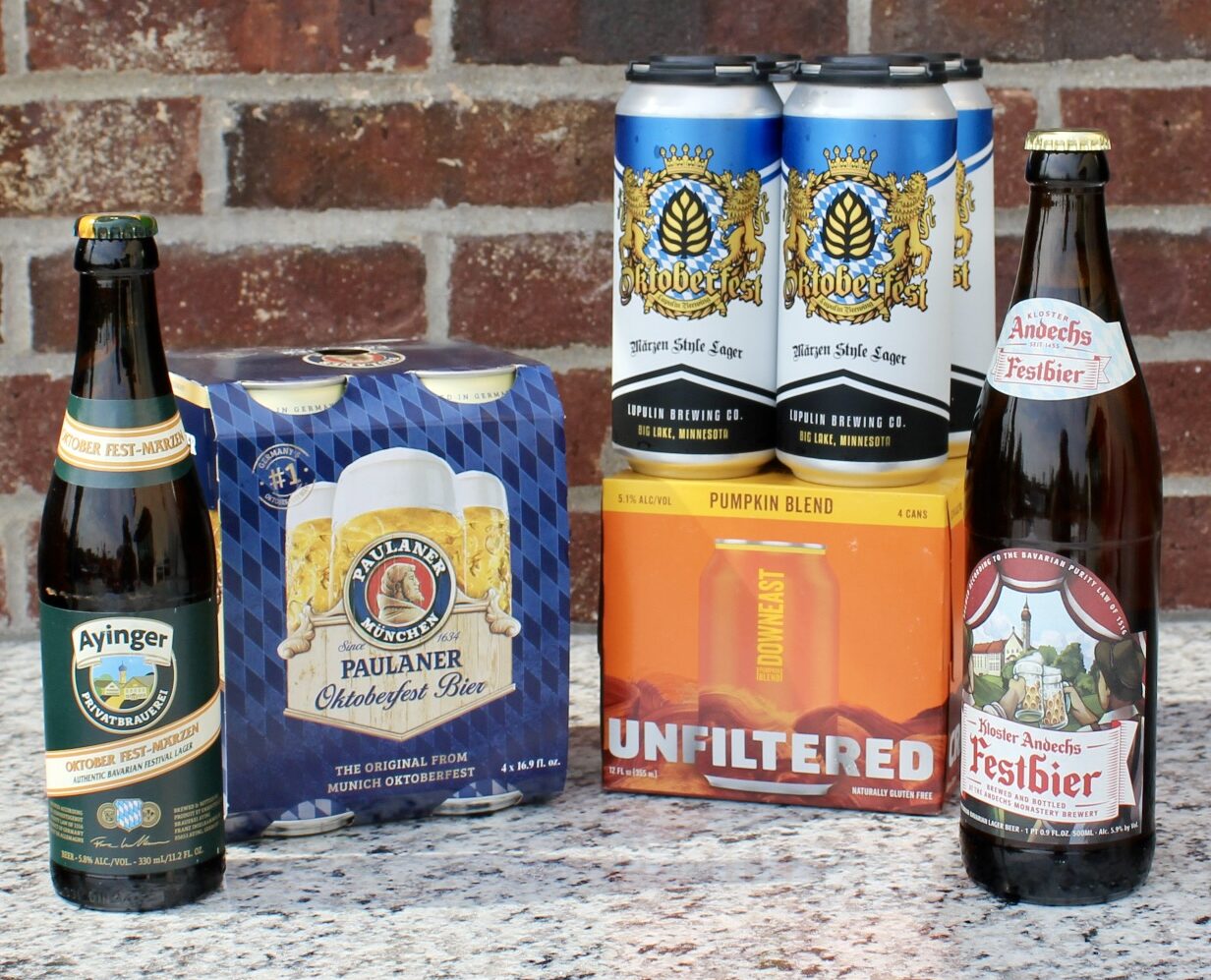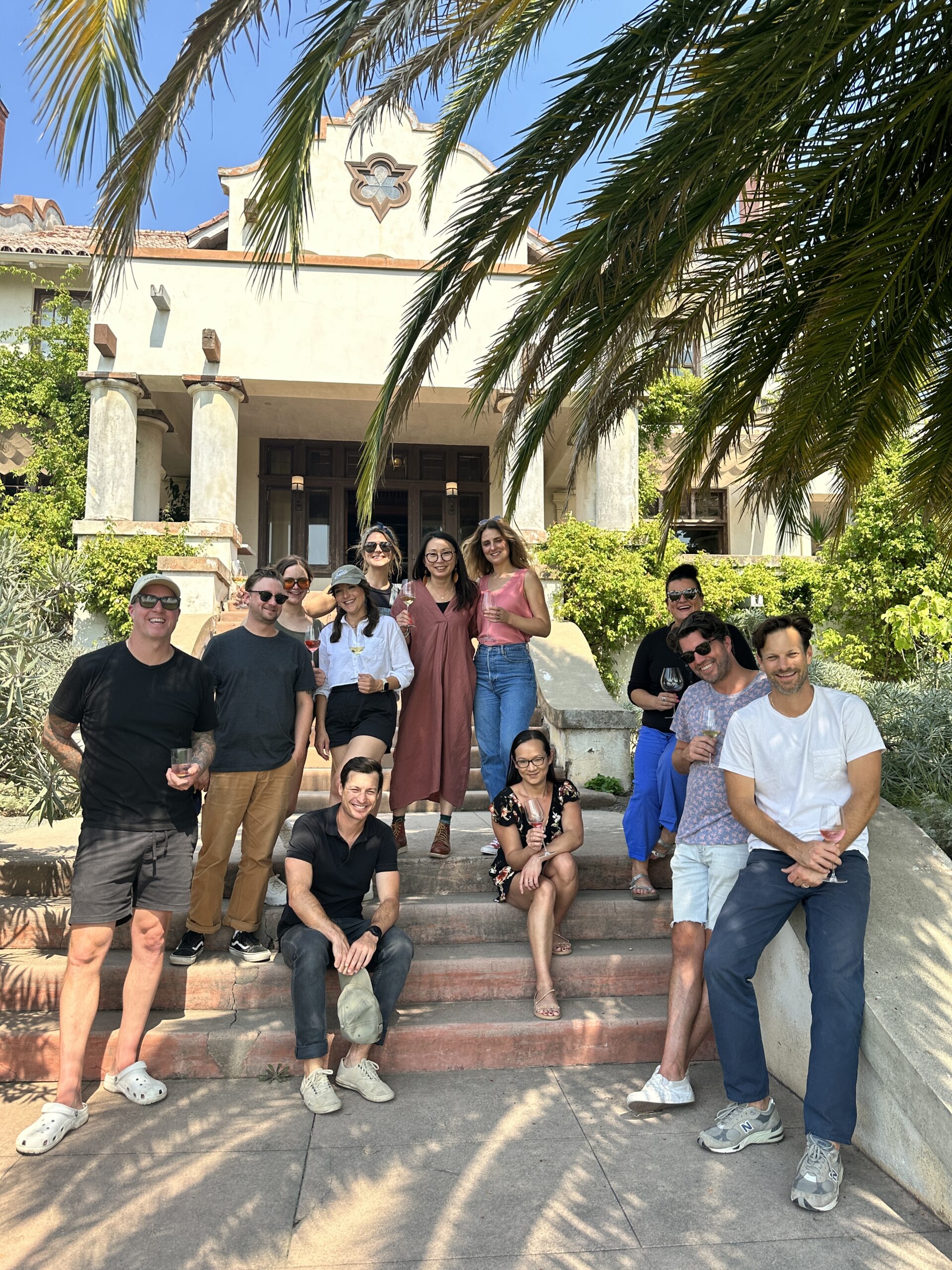The holiday season is officially here and it’s time to start shopping for the special people in your lives. Between our Cheese & Wine subscriptions, our gift boxes, and our classes, theres something for every food & beverage enthusiast at France 44. Browse below for a taste of what we can offer!
Don’t see exactly what you’re looking for? Come talk to our staff for inspiration or feel free to fill out this custom gift form. Cheers!
Gift Boxes
A few of our exciting gift boxes available this holiday season.
Cheese & Wine Subscriptions
Gift Cards
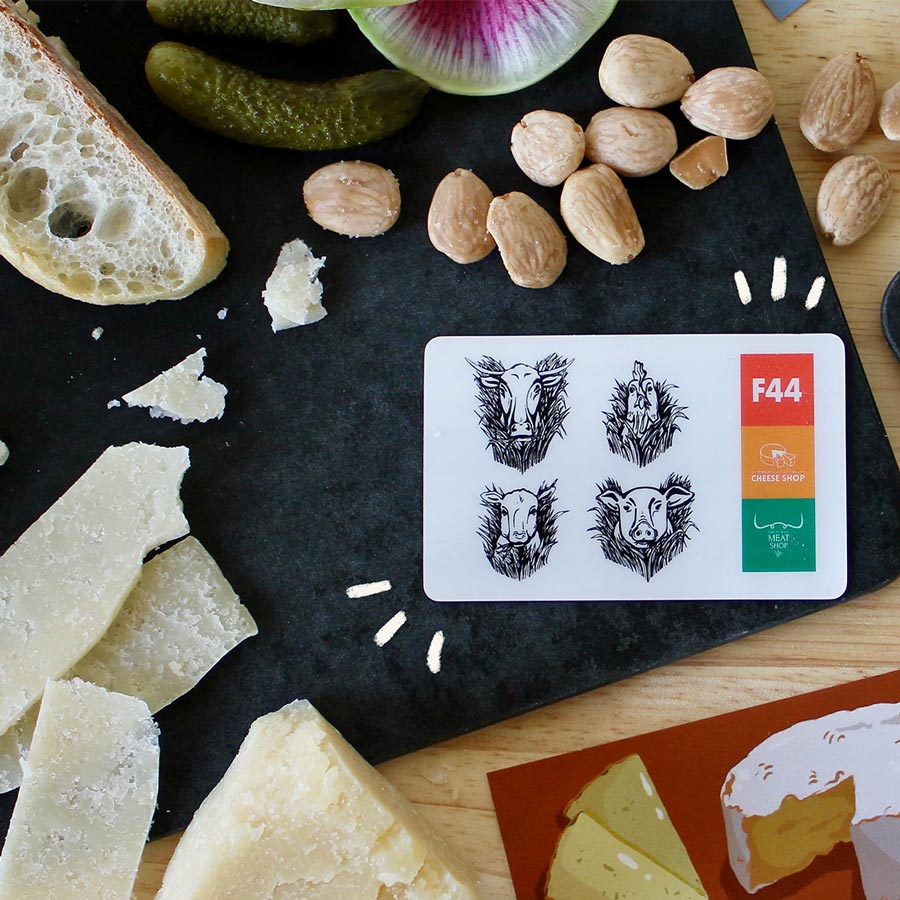
France 44 Gift Cards
Still can't decide? We have gift cards available for use at France 44 Cheese, France 44 Wines & Spirits, St. Paul Cheese Shop, & St. Paul Meat Shop.
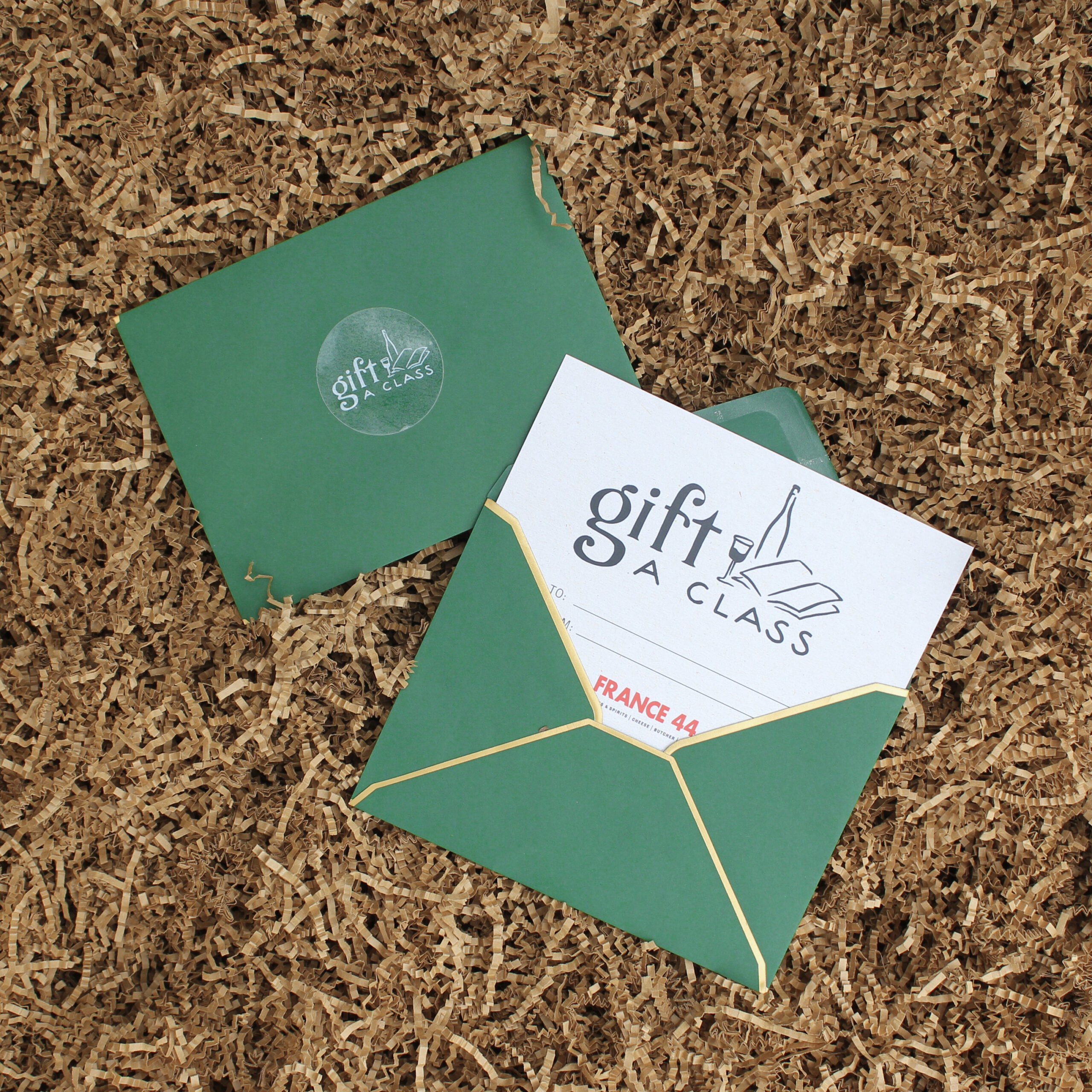
Gift a Class
Give the gift of education & experience this holiday season with a class at France 44! We have more classes on our calendar than ever before. Coming up early 2024: Wines & Cheeses of Italy, The Art of Scotch, Baguette Making, and more! Not sure which class to choose? No problem. Buy a "Gift a Class" gift card!
France 44 Holiday Market
Join us for our first-ever Holiday Market on Sunday, 12/3, from 11am-3pm! This open-house style event will feature a variety of local makers, producers, and artists. Peruse unique handmade gifts and treats while you take in our gorgeous holiday decorations and sip on a hot drink, all within the coziness of the France 44 Event Space. No reservations necessary—just come on up and join the festivities! Here’s a sneak peak at some of the incredible vendors:
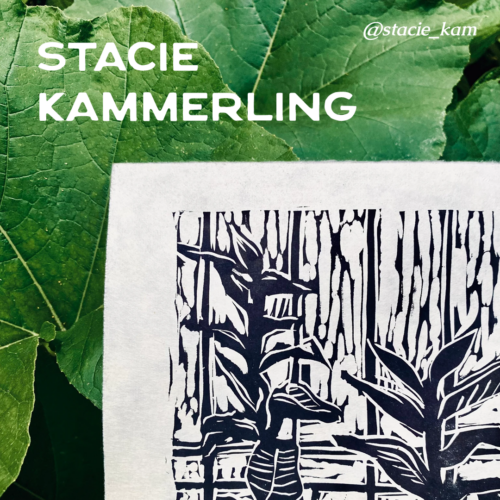
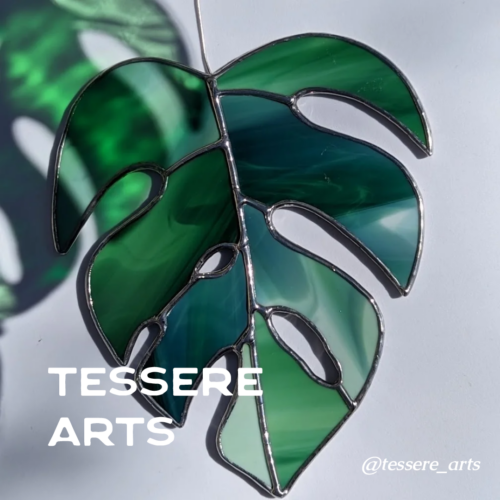
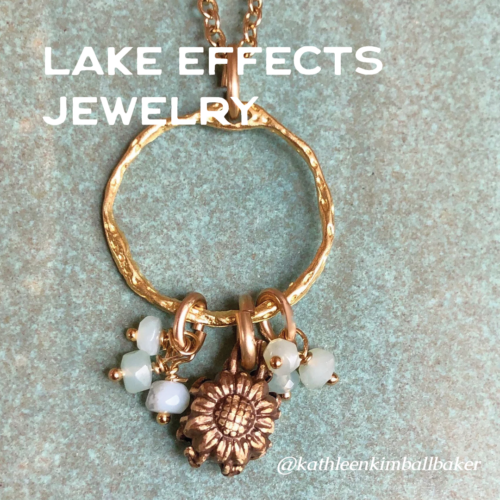
Single Barrel Spirits
We have a couple of single barrels in stock right now that we’re super excited to share with you! Gift an exclusive taste of spirits this holiday season!
Bring this true one of a kind bourbon to your feast this year. Aged for 8 years, this could be our best Elijah Craig barrel to date. Rich caramel and vanilla dominate the nose, with subtle notes of apple and cherries following. The palate is bold and oily, starting with cedar wood that evolves into sweet toffee and balancing spice.
Rittenhouse Rye
Our second Rittenhouse Single Barrel! Sweet baking spices lead on the nose with caramel, subtle herbaceousness, and hints of black pepper following. On the palate, bright baking spices evolve in to deeply savory notes of black pepper, black tea, cardamom, and leather. The finish is surprisingly sweet and develops further as it sits.
Holiday Wines

VOIRIN-JUMEL TRADITION BRUT CHAMPAGNE NV - $44.99
The Brut Tradition is a stable and fruity Champagne. It's a great card to play at any moment : a big celebrations or a cocktail party. The smell brings out hazelnut, fresh almonds, fresh pie. The creamy mouthfeel is balanced by a pleasant liveliness.

CLOS DE LA ROILETTE BEAUJOLAIS FLEURIE 2022 - $27.99
Bursting with aromas of crunchy red berries, peonies, spices and plums, this Beaujolais is medium-bodied, ample, and enveloping, with succulent acids, melting tannins and a pretty, perfumed finish.

ADELSHEIM PINOT NOIR - $44.99
Sleek and slender, but fleshy enough to deliver cinnamon-accented cherry flavors, showing a hint of coffee as the finish lingers. Deftly balanced.
Holiday Cheeses
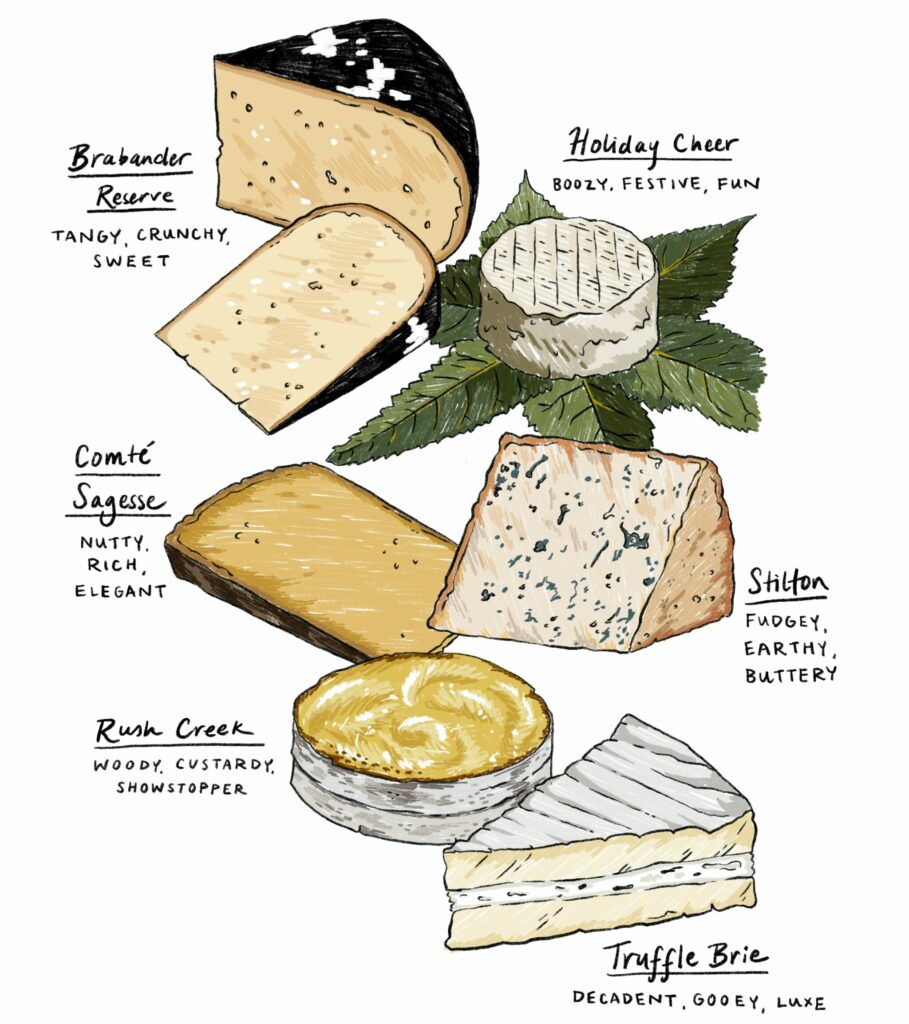
Check out our selection of holiday exclusive cheeses – available in shop only!
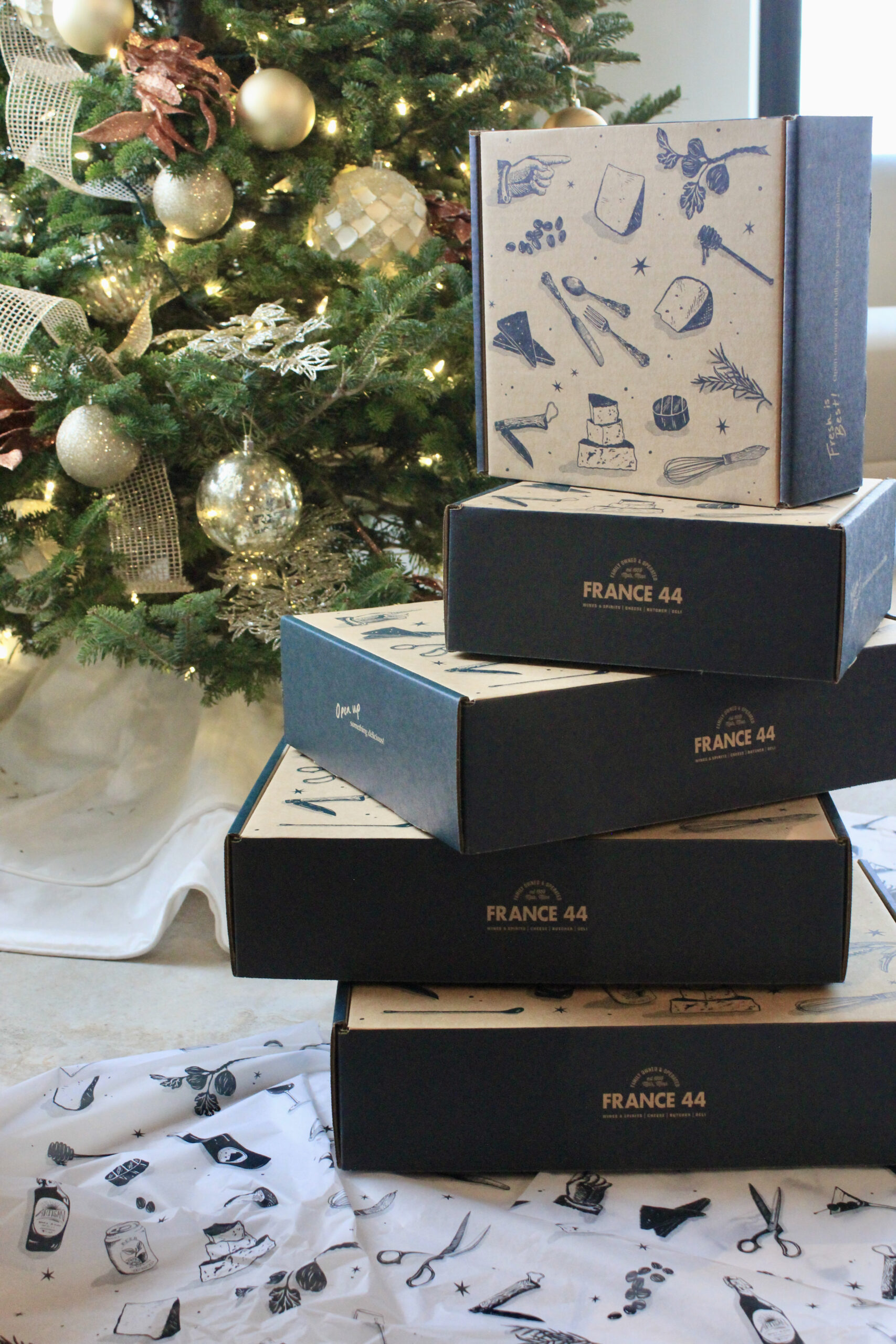
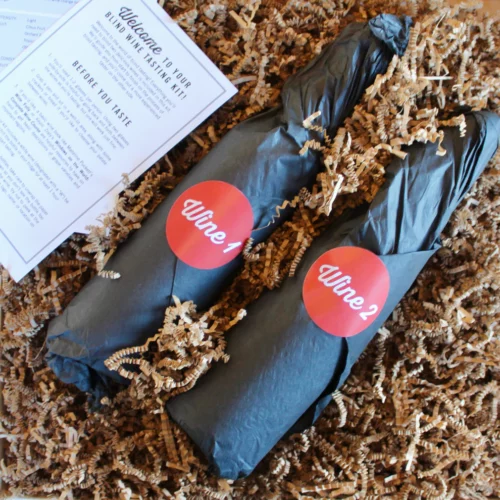
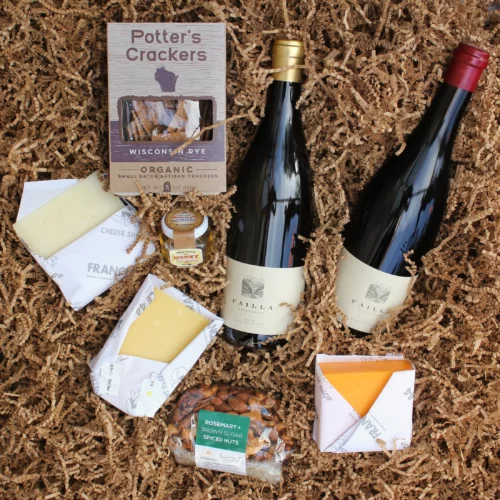
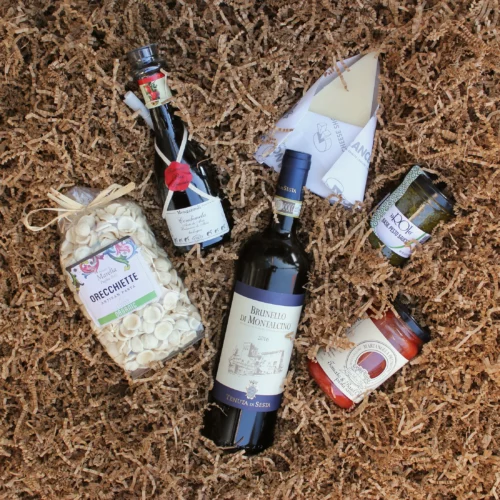
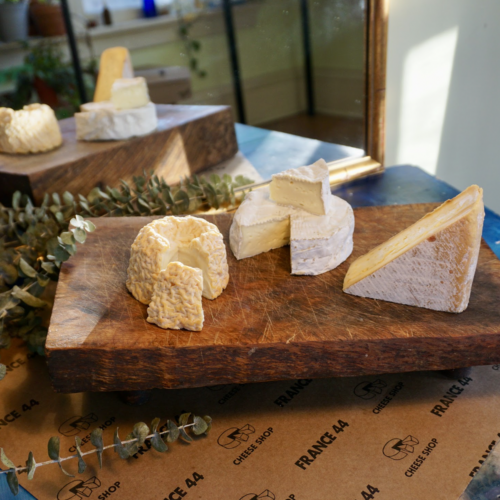
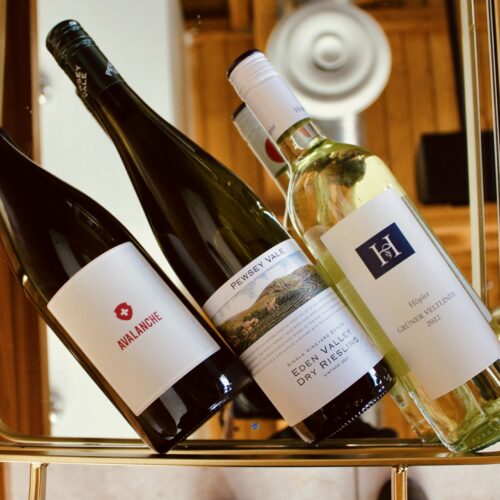
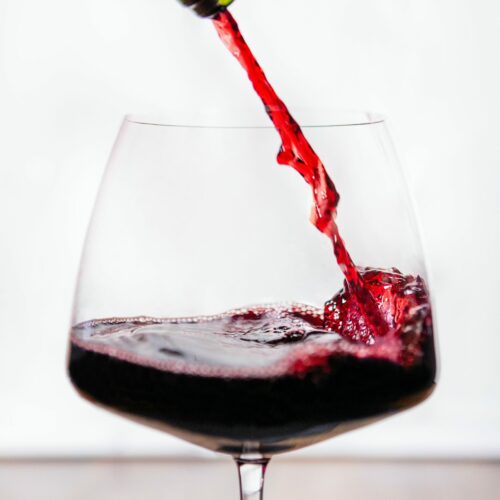
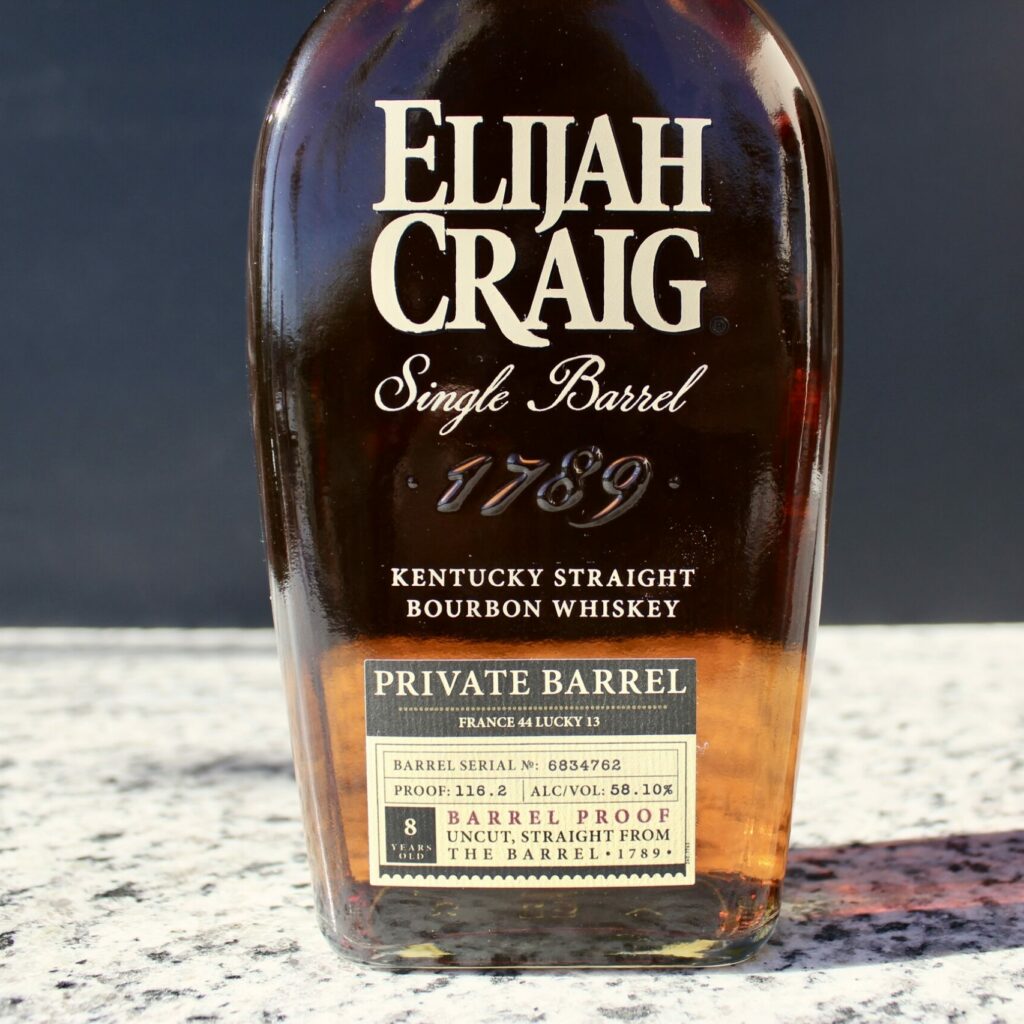
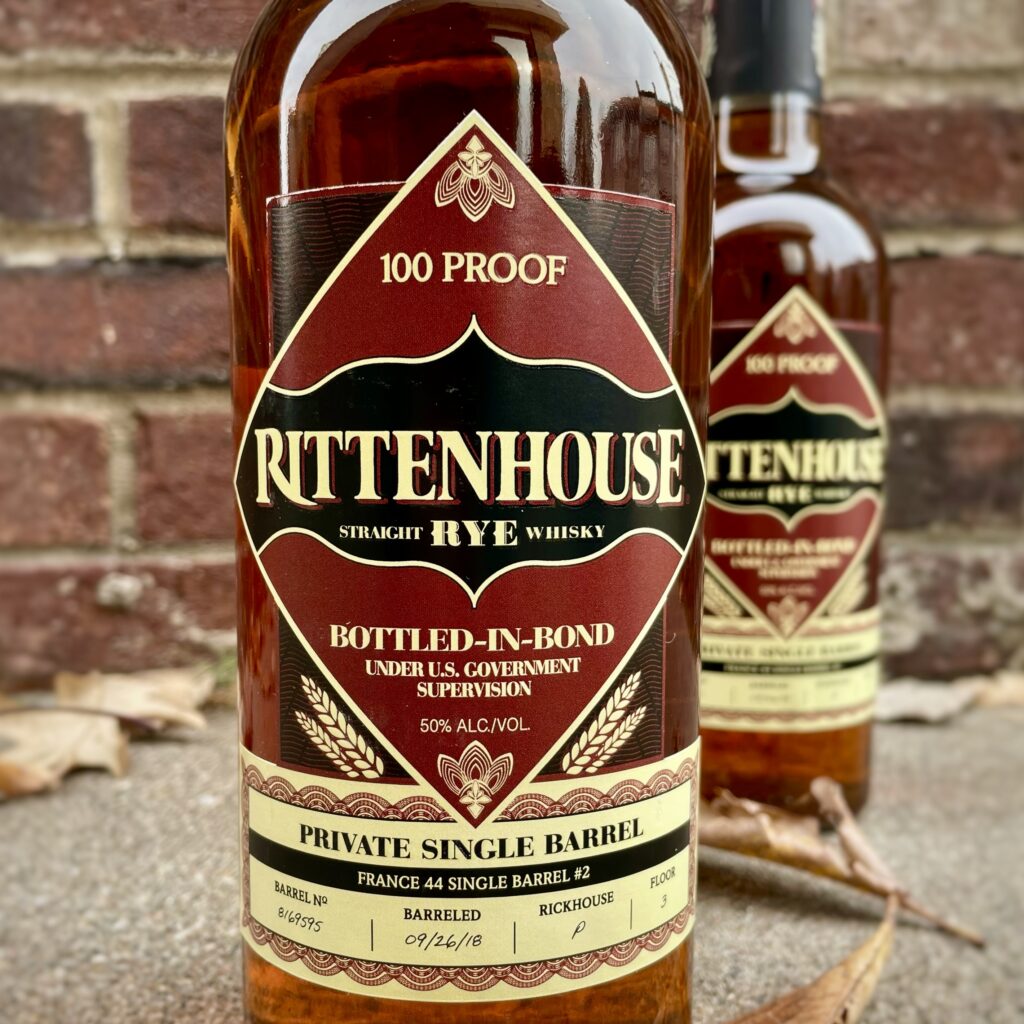




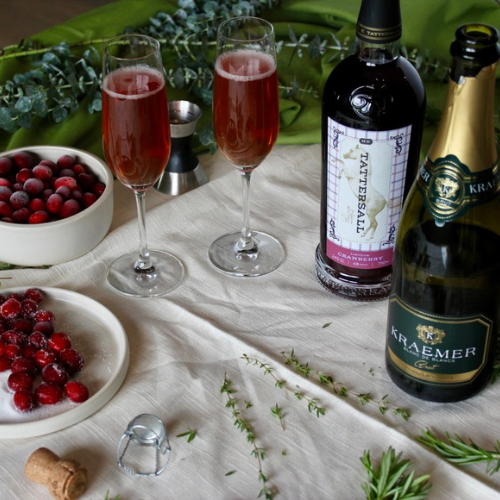





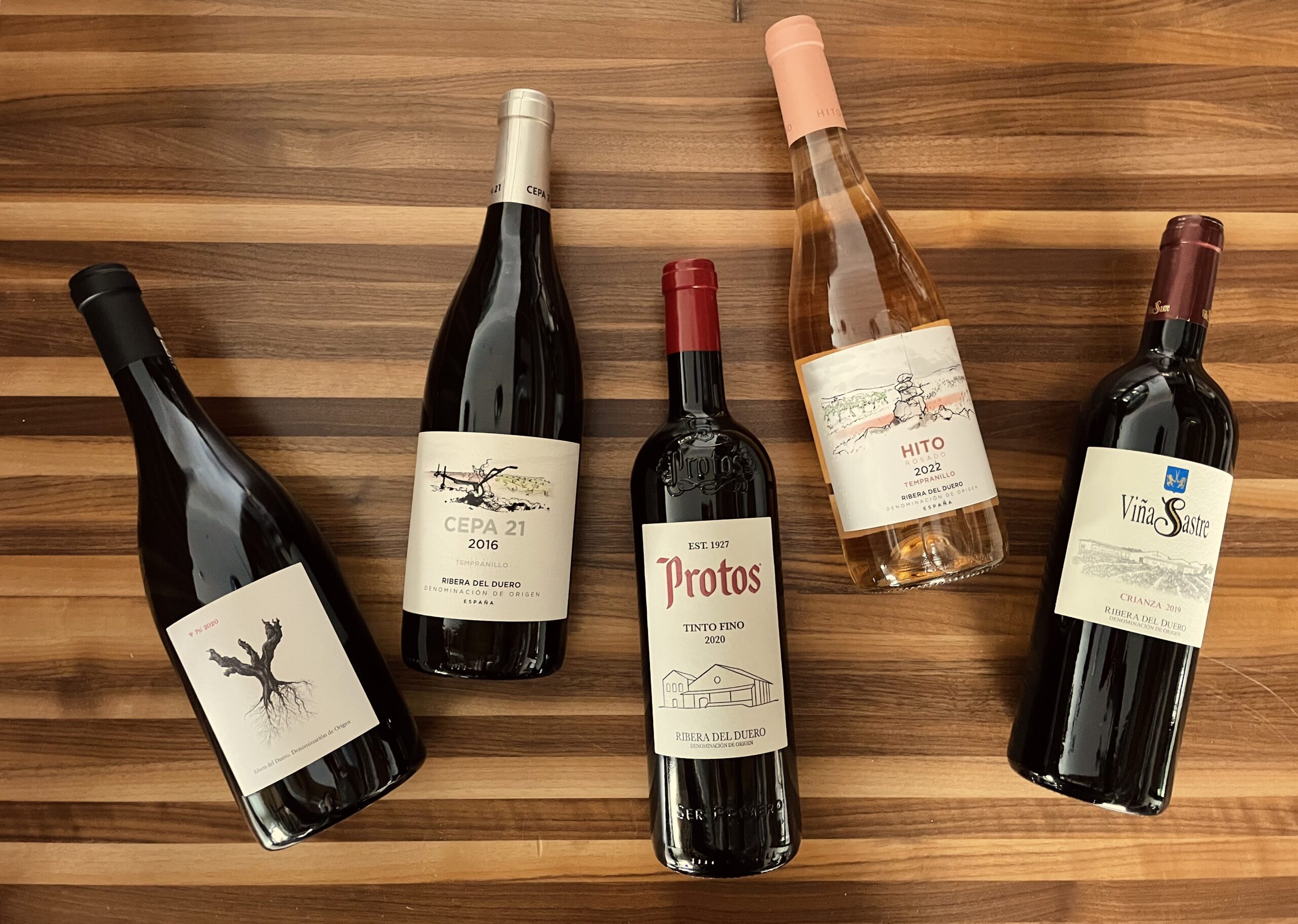
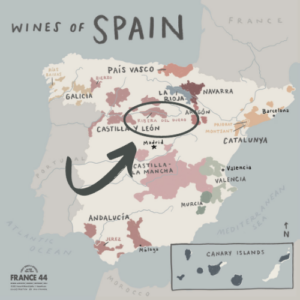 One of the most iconic and prestigious wine regions of Spain is Ribera del Duero.
One of the most iconic and prestigious wine regions of Spain is Ribera del Duero. 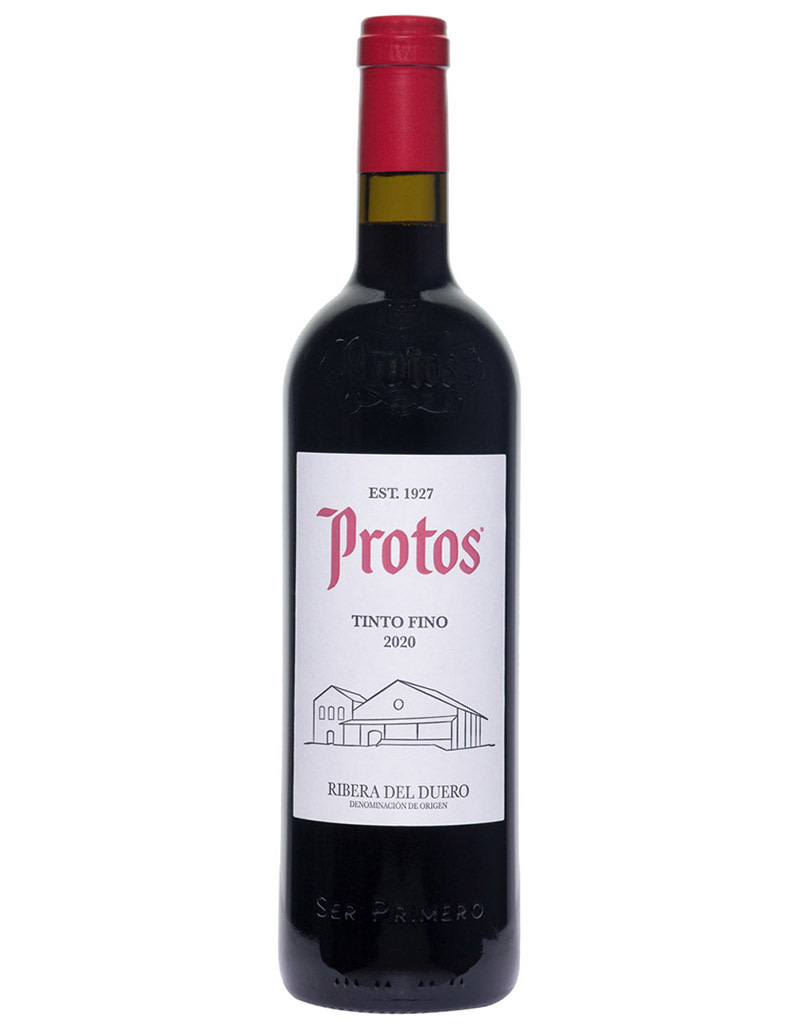





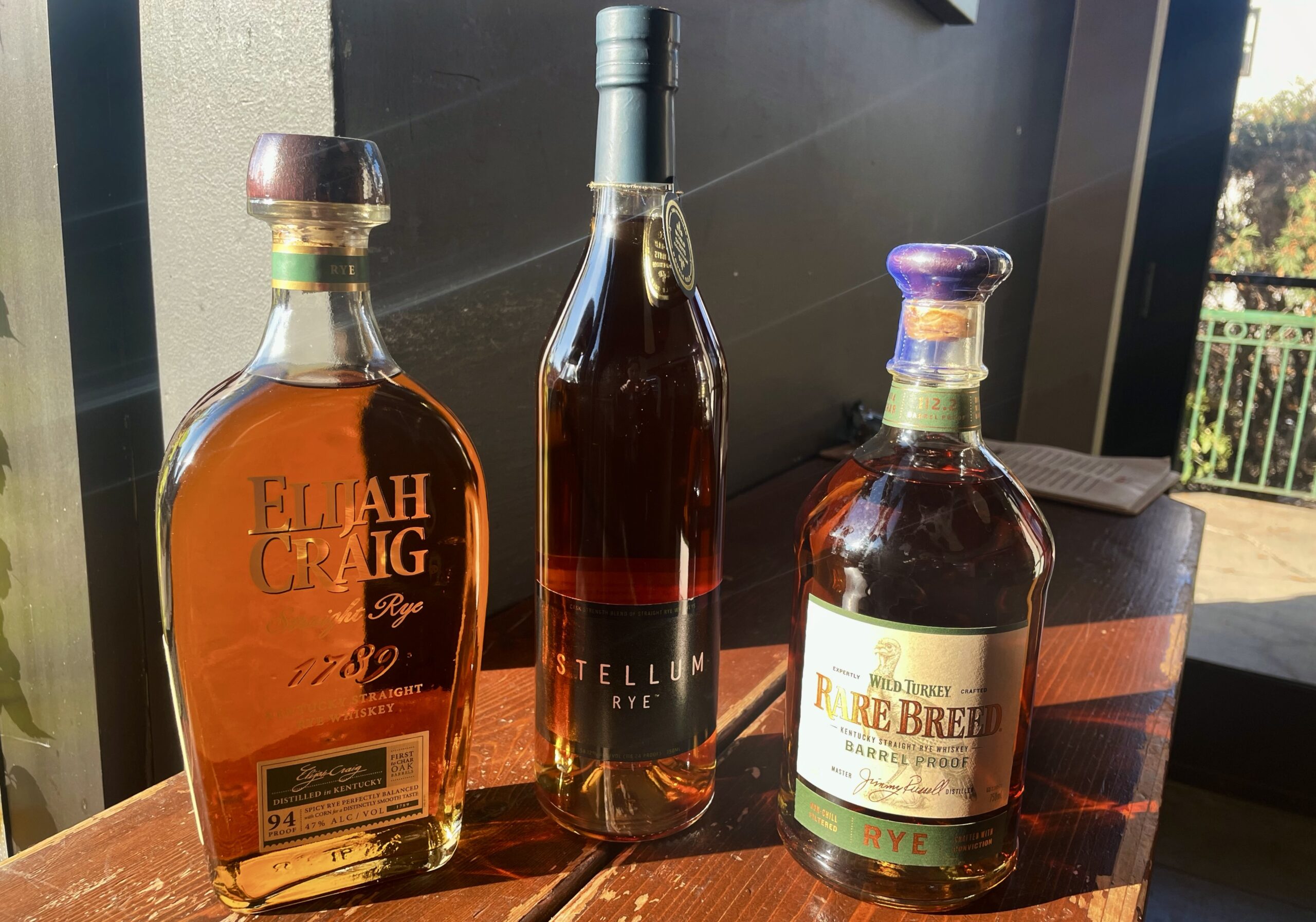




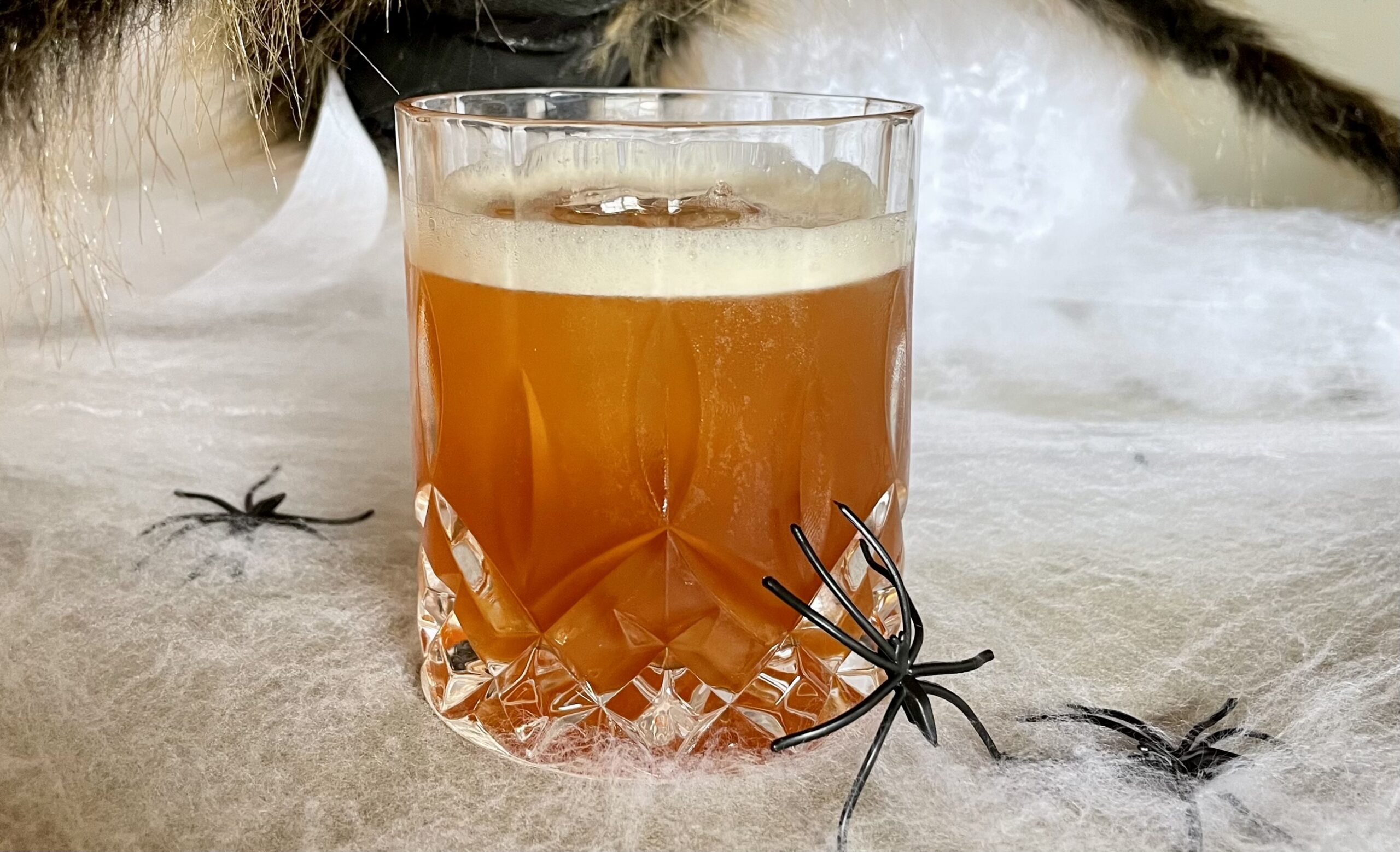
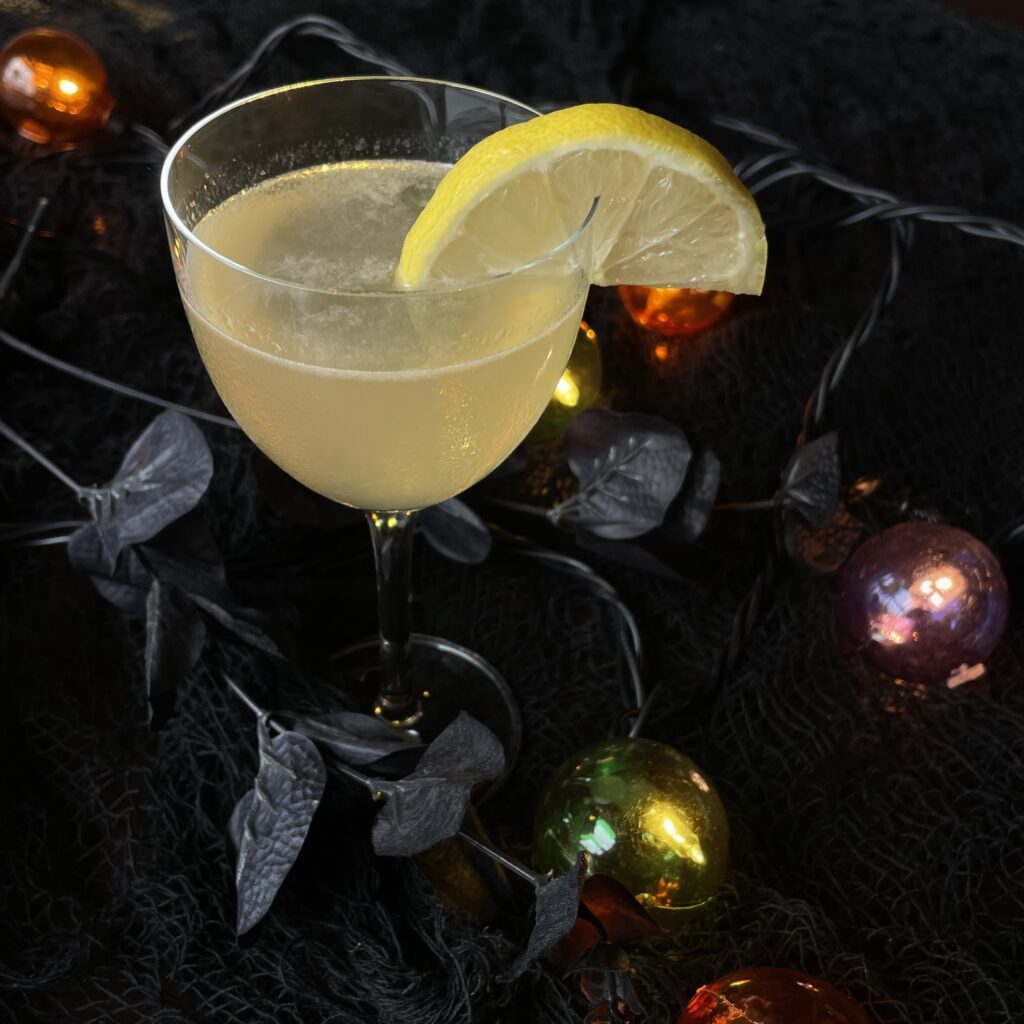
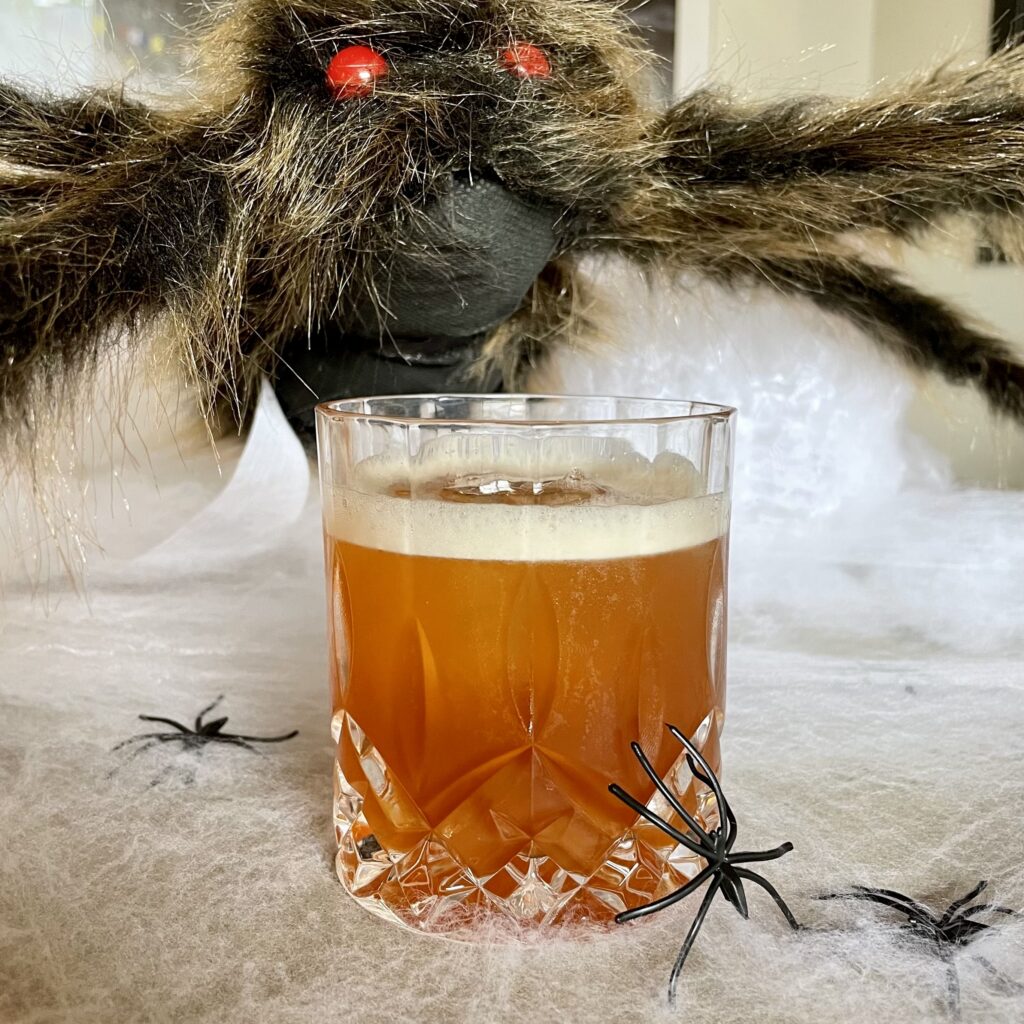
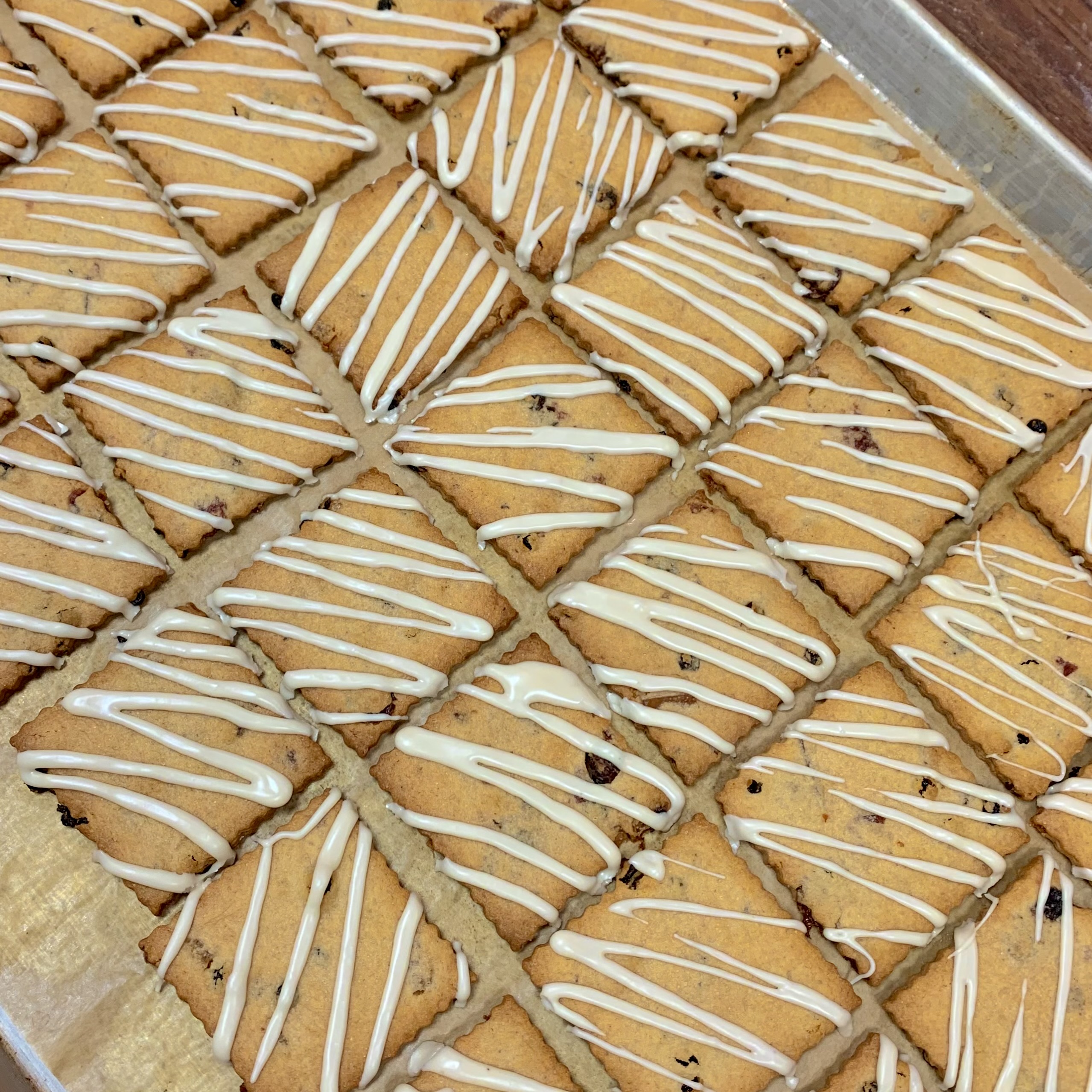
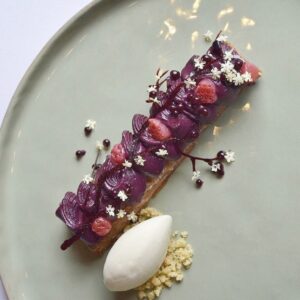 At the restaurant, we used the tiniest fruit baller you’ve ever seen to ball strawberries (you can DEFINITELY use whole or halved berries instead), then soaked them for 8-12 hours in a combination of sparkling wine and St. Germain until they’d taken on some of the floral notes of the elderflower liqueur and the bubbles from the wine. I included a picture here of the dessert with these little berries. I plated that one, my proudest accomplishment. When you bite into one of these tiny strawberries, you first feel the bubbles, then the sweet berry and floral liqueur come to the front of your palate. It’s a perfect bite.
At the restaurant, we used the tiniest fruit baller you’ve ever seen to ball strawberries (you can DEFINITELY use whole or halved berries instead), then soaked them for 8-12 hours in a combination of sparkling wine and St. Germain until they’d taken on some of the floral notes of the elderflower liqueur and the bubbles from the wine. I included a picture here of the dessert with these little berries. I plated that one, my proudest accomplishment. When you bite into one of these tiny strawberries, you first feel the bubbles, then the sweet berry and floral liqueur come to the front of your palate. It’s a perfect bite.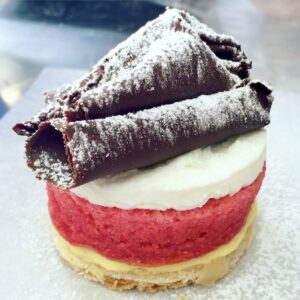 here, soaked in Alchermes liqueur, and how to make the perfect Cantuccini to dip in Vin Santo wine. But the star of the show was surely the tirimisu. Light savoiardi (lady fingers) dipped in liquor and coffee, layered with a light mascarpone cream make the most decadent, flavorful dessert. And it’s honestly quite easy to make, especially if you need to prep a dessert in advance! There’s a lot of debate about the perfect liquor to use for tirimisu. I’ve used dark rum, whiskey, marsala, it really depends on the flavor you’re looking for. Marsala adds a bit more sweetness to the dessert while rum, brandy, or cognac add a bit more depth and certainly make the dessert a bit boozy. Try it a few ways, and decide for yourself which is best! Now the recipe:
here, soaked in Alchermes liqueur, and how to make the perfect Cantuccini to dip in Vin Santo wine. But the star of the show was surely the tirimisu. Light savoiardi (lady fingers) dipped in liquor and coffee, layered with a light mascarpone cream make the most decadent, flavorful dessert. And it’s honestly quite easy to make, especially if you need to prep a dessert in advance! There’s a lot of debate about the perfect liquor to use for tirimisu. I’ve used dark rum, whiskey, marsala, it really depends on the flavor you’re looking for. Marsala adds a bit more sweetness to the dessert while rum, brandy, or cognac add a bit more depth and certainly make the dessert a bit boozy. Try it a few ways, and decide for yourself which is best! Now the recipe: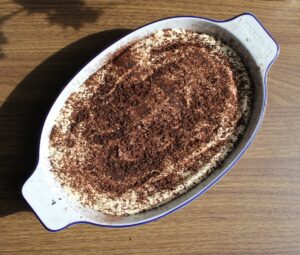
 Peel and core apples, then slice into thick slices (½ inch). Heat a large skillet over high heat on the stove and add half the apples. Sear for a couple of minutes until they start to get a little color, then remove from the skillet into a bowl and repeat with the second half. Remove the rest of the apples from the pan.
Peel and core apples, then slice into thick slices (½ inch). Heat a large skillet over high heat on the stove and add half the apples. Sear for a couple of minutes until they start to get a little color, then remove from the skillet into a bowl and repeat with the second half. Remove the rest of the apples from the pan.
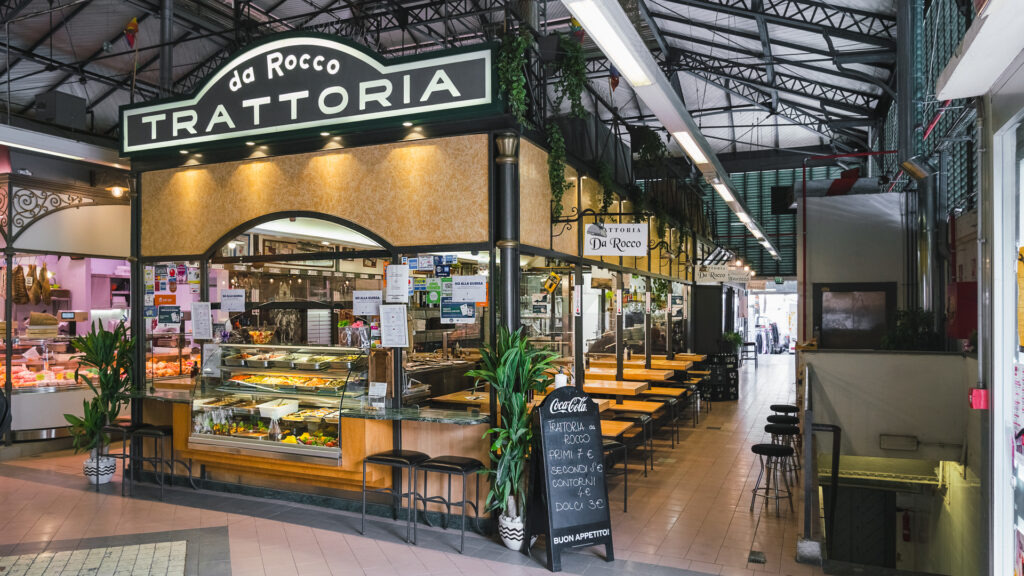
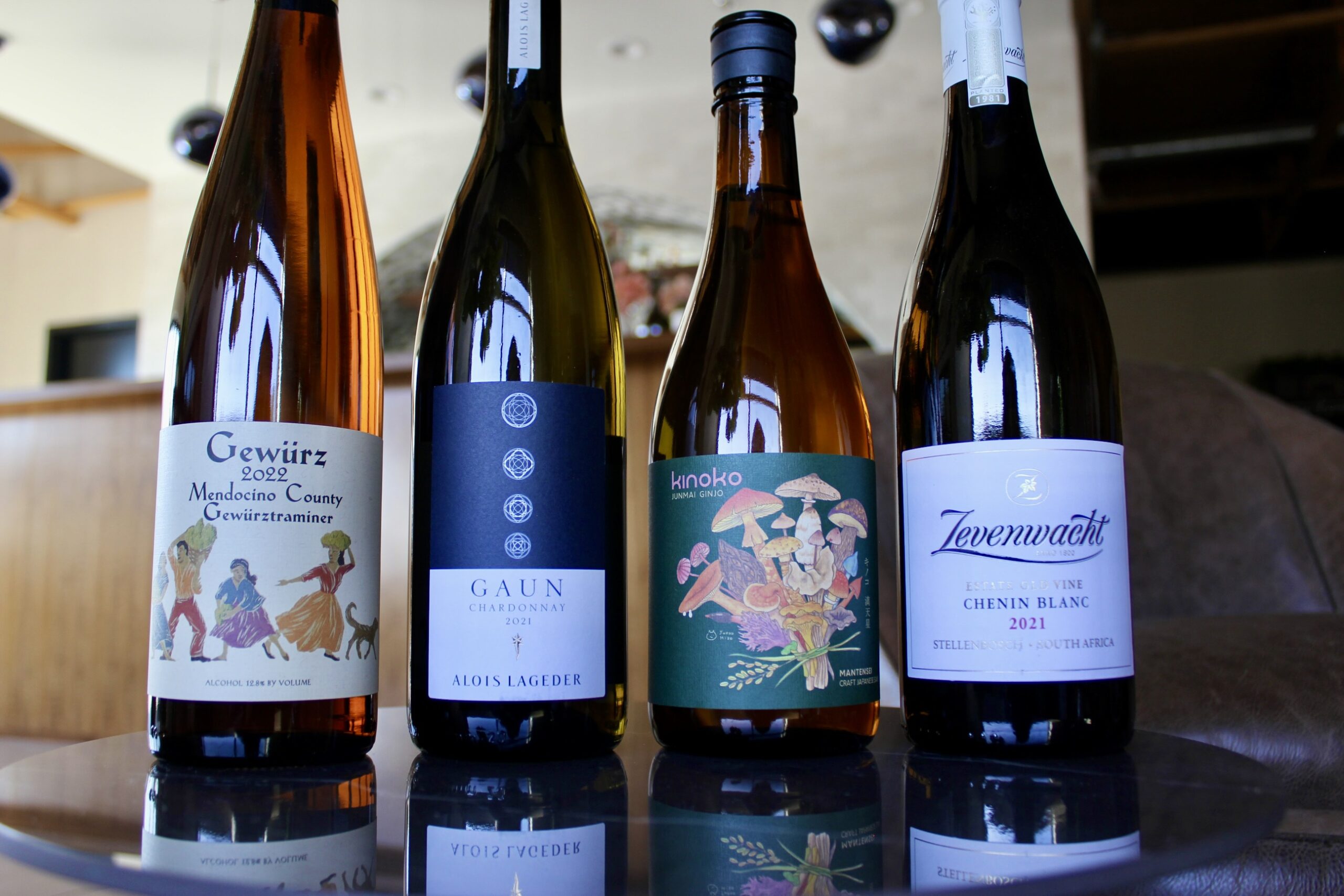
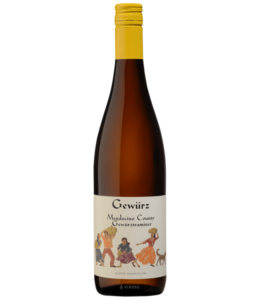 To kick off our fall white journey
To kick off our fall white journey  Our next flight
Our next flight To round out our three pack of fall whites
To round out our three pack of fall whites 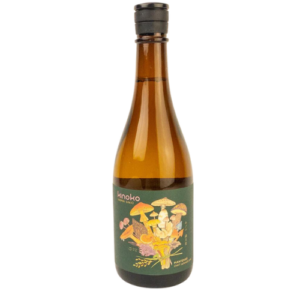 For our bonus bottle, we fly to Japan.
For our bonus bottle, we fly to Japan.